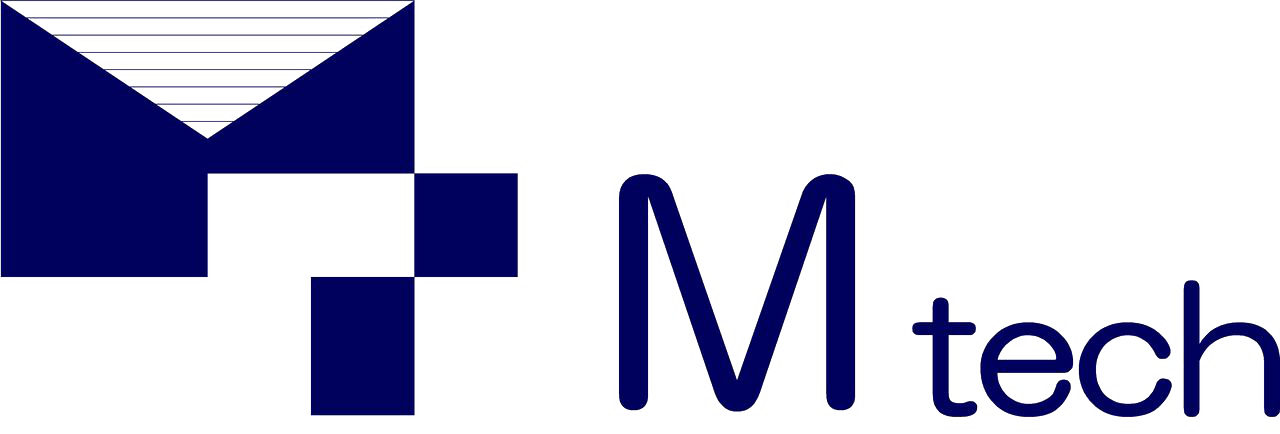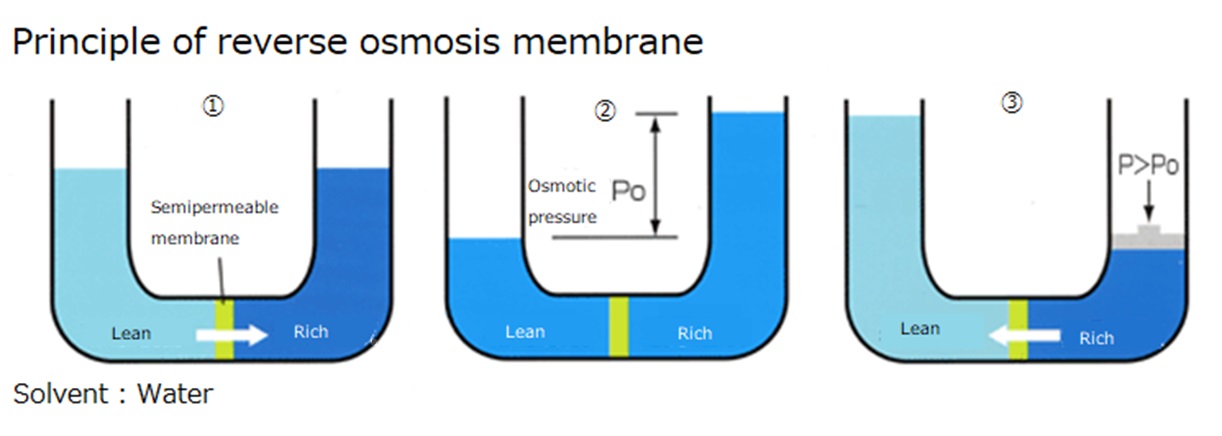Membranes have a big impact on water treatment
"Clarifying the customer wants to use the water for" is one of the most important steps in selecting the most suitable membrane.
This page explains the types of membranes used in water treatment and the reverse osmosis method.
Defining types of Water
Water is purified in various ways depending on its use.
- Pure water
- Which have been removed significant amounts of salts, charged ions, and fine particles.
- Ultra pure water
- Which was made by further refining pure water, is used for manufacturing of semiconductor devices and liquid crystal panels, nuclear power generation, medical injection, and in biotechnology for cell culture, DNA amplification.
- It is controlled for specific resistance, TOC, number of fine particles and viable bacteria.
Water treatment method by membrane separation technology
We tend to think of earth as one with abundant water resources, in fact more than 97% is seawater, so only around 2.5% of freshwater is able to use for human.
However, due to the explosive population growth in recent years, water use has been increasing, and the depletion of water resources due to deforestation and global weather changes, as well as the deterioration of water quality in water sources, have become serious problems worldwide.
Because of these times, filtration is one of the key technologies to ensure a stable supply of safe and secure water.
Methods of the membrane separation
There are the following types of membrane separation methods.

- Reverse Osmosis (RO Membrane)
- RO uses a semi-permeable membrane to separate ions (chlorine ions, nitrate ions, sodium ions, calcium ions, etc.) and organic substances, which are the least dissolved components in an aqueous solution, from the water. This property is widely used for seawater desalination and other applications. It is also used to produce ultrapure water and manufacturing water for a wide range of industries, including the electronics, pharmaceutical, and food industries.
- Ultrafiltration (UF membrane)
- Typically, the pore size is 0.01 μm (10 nm) or less. Smaller than microfiltration membranes. Used to remove bacteria and viruses.
- Microfiltration (MF membrane)
- Usually has pore size greater than 0.01μm (10-1,000nm). This is the size that can remove E. coli, cholera, and other bacteria. This method is used for tap water in Japan, and is also used for filtration for roughing out ultra-pure water during purification.
Features of Reverse Osmosis
Reverse osmosis is a technology that is rapidly gaining popularity due to its low energy consumption. The five main features are as follows
- 1.Removal of dissolved salts
- Stable and efficient removal of dissolved salts and most of the dissolved substances in water, such as dissolved organic matter (trihalomethane precursors, pesticides, etc.) and fine particles (viable and dead fungi and other particulates). Applicable to a wide range of applications from ultra-pure water to seawater desalination.
- 2.Energy-saving separation method
- In the past, seawater was evaporated and the vapor was condensed to obtain fresh water (evaporation method), but since water does not need to be evaporated, energy consumption is reduced.
- 3.Concentration and recovery of valuable resources is possible
- Since heat is not applied, valuable substances in the solution can be concentrated and recovered without being altered by heat.
- 4.Compact equipment
- he installation area of the equipment can be reduced because modules with excellent volumetric efficiency can be configured three-dimensionally.
- 5.Easy operation and management
- The simplicity of the equipment facilitates operation management and maintenance.

